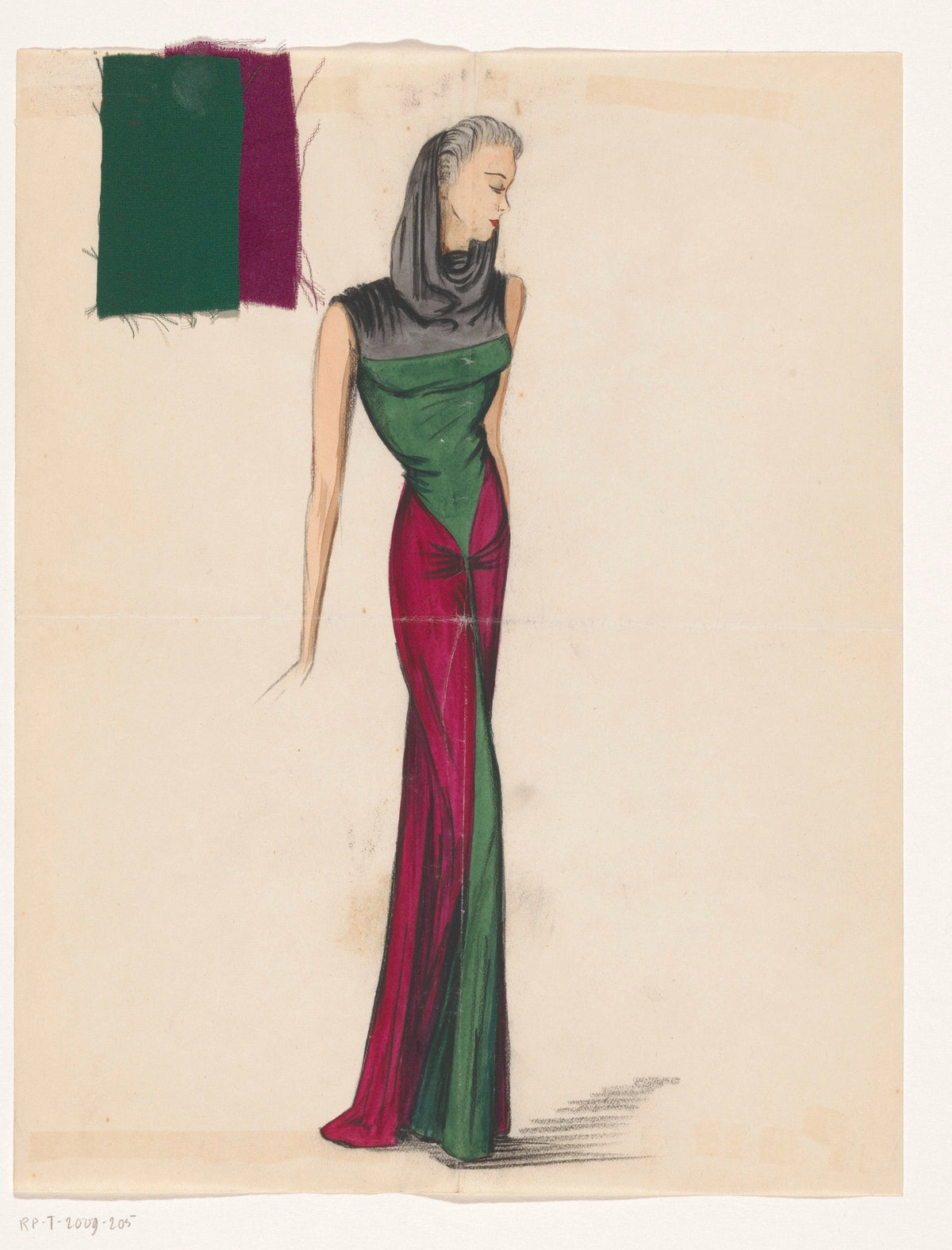Madame Grés elevated fashion design into an art. From her classical dresses to the use of denim, she change the clothing world. Her creations redefined the way we dress.
Debunking Myths: The Affordability and Durability of Natural Textiles in Fashion

Common myths about natural textiles in fashion
Natural textiles like cotton, linen, and wool are often thought to be expensive and delicate. However, this is not entirely accurate. Here are some common myths about natural textiles in fashion:
- Myth 1: Natural textiles are always more expensive than synthetic ones.
- Myth 2: Natural textiles are not durable and need special care.
- Myth 3: Natural textiles are not suitable for modern, fashionable clothing.
It's important to debunk these myths and understand the true affordability and durability of natural textiles in the fashion industry.

Affordability of natural textiles
Natural textiles like cotton, linen, and hemp are often more affordable than synthetic fabrics. They are usually produced from sustainable sources and require less chemical processing, making them a budget-friendly option. Additionally, natural textiles are durable and can withstand regular wear, providing long-lasting value for your clothing investment. Remember to check the label when shopping to ensure you are getting genuine natural textiles at a good price.
Advantages of using natural textiles in fashion
Natural textiles, such as cotton, linen, and wool, offer several advantages in fashion. These materials are highly breathable, absorb moisture well, and are comfortable to wear. They are also biodegradable, making them more environmentally friendly than synthetic alternatives. Additionally, natural textiles are hypoallergenic, making them suitable for individuals with sensitive skin. Finally, these materials have a timeless, classic appeal that can be effortlessly integrated into various fashion styles.
The durability of natural textiles
Natural textiles such as cotton, linen, and hemp are known for their durability and longevity. Cotton is a popular choice for clothing because it is strong, breathable, and easy to care for. Linen is another durable natural fabric that becomes softer and stronger with each wash. When it comes to hemp, it is known for its strength and resistance to wear and tear. In the fashion industry, natural textiles are preferred for their ability to withstand frequent wear and washing, making them a sustainable and long-lasting choice for clothing and accessories.
Sustainable features of natural textiles
Natural textiles are a sustainable option in fashion as they are biodegradable and have a lower environmental impact than synthetic fabrics. Fabrics such as cotton, linen, hemp, and wool are renewable resources and can be produced with minimal chemical inputs. Additionally, these natural textiles have good durability and can last a long time with proper care, making them a cost-effective and environmentally friendly choice for clothing and accessories.
Popular types of natural textiles in fashion
Cotton, linen, wool, and silk are some of the popular natural textiles in fashion. Cotton is known for its breathability and versatility, while linen is recognized for its lightweight and durable properties. Wool provides warmth and is often used for winter clothing. Silk, on the other hand, is renowned for its luxurious feel and natural luster. These natural textiles are favored in the fashion industry for their comfort, sustainability, and timeless appeal.
How to care for natural textiles
Natural textiles like cotton, linen, and wool, are easy to care for. Here are some simple tips to keep them in good condition:
- Hand wash or machine wash with a gentle detergent to avoid damage.
- Air dry or use low heat when tumble drying to prevent shrinkage.
- Iron on low heat if necessary, and always check the fabric care label first.
- Store in a cool, dry place away from direct sunlight to maintain their natural colors.
Rising trends in sustainable fashion using natural textiles
Sustainable fashion is gaining traction, with increasing emphasis on natural textiles. The use of organic cotton, bamboo, hemp, and linen is on the rise due to their eco-friendly characteristics. Consumers are showing strong interest in clothing made from these materials due to their longer-lasting nature and reduced environmental impact. The fashion industry is responding with more options and designs, offering stylish and durable alternatives to synthetic fabrics.
Debunking misconceptions about the cost of natural textiles
Natural textiles like cotton, wool, and linen are often believed to be expensive, but that's not always the case. In reality, natural textiles can be quite affordable, especially when considering their durability and longevity. Cotton, for example, is a cost-effective and versatile fabric that can be found at various price points, making it accessible for many budgets. Similarly, wool and linen, while typically viewed as luxurious, can also be found in more affordable options, providing both quality and affordability. By debunking the myth about the cost of natural textiles, consumers can make informed decisions about incorporating sustainable and durable fabrics into their fashion choices.
Conclusion: the future of natural textiles in fashion
As we conclude, it's clear that natural textiles are gaining momentum in the fashion industry due to their durability and affordability. As more consumers prioritize sustainability and eco-friendly choices, the future of natural textiles in fashion looks promising. With innovations in technology and manufacturing processes, natural textiles are becoming increasingly accessible and diverse, offering a wide range of options for designers and consumers alike. This shift towards natural textiles not only aligns with the burgeoning sustainability movement but also demonstrates the potential for these materials to remain a staple in the fashion industry for years to come.
Blog posts
After the Barbiecore trend, pink is always a yes. Find some ideas on how to wear a pink skirt and stand out with your party looks.
Whether you're building your dream capsule wardrobe or looking to stand out at your next event, satin pants give you options that are sustainable, comfortable, and incredibly chic.


